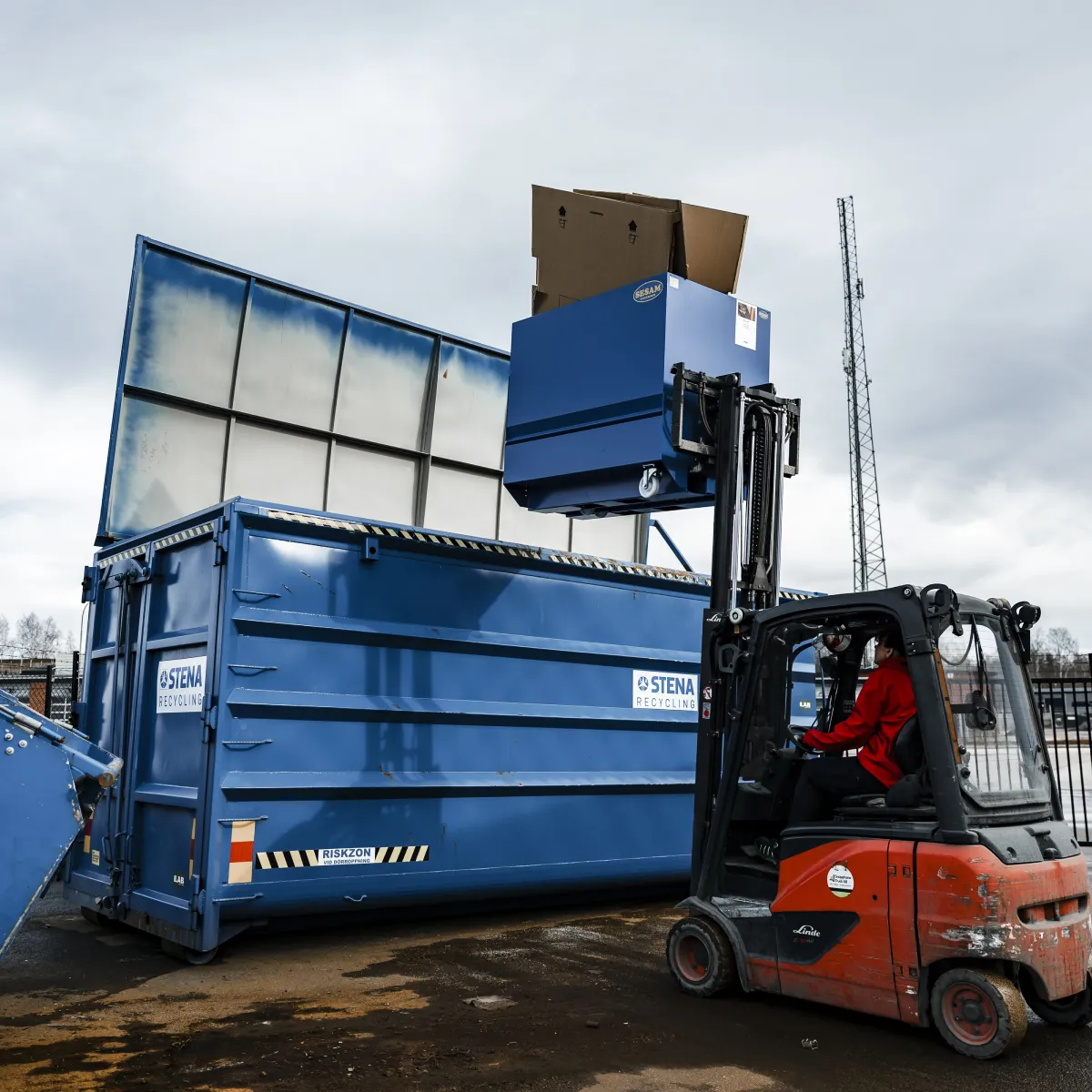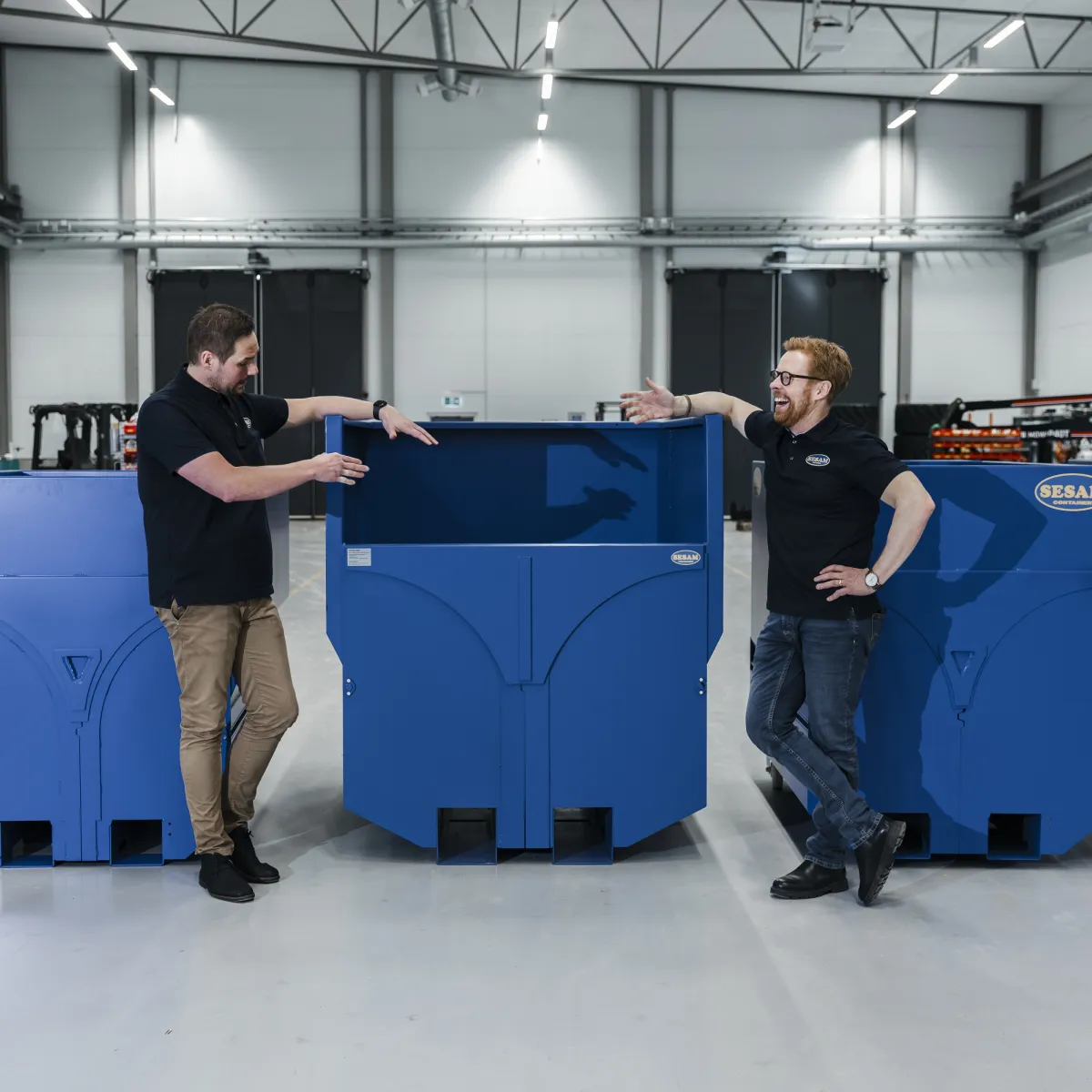Safety and Efficiency with Tipping Containers
The progress of tipping containers is revolutionizing industries world wide, providing revolutionary efficiency, cost savings, and environmental benefits. These revolutionary bins have rapidly become necessary tools in fields like agriculture, waste administration, construction, and manufacturing. But what's pushing their rising reputation? Below, we study the change brought about by bottom emptying container (bottentömmande container) and the data that spotlight their impact. What Are Showing Bins? Tipping containers are specific storage alternatives made to safely and effectively transportation and sell materials. With characteristics that allow for easy tilting and dropping elements, these containers dramatically reduce labor efforts and improve operations. They offer as crucial gear for handling components like mud, gravel, waste, and agricultural produce. These pots may also be engineered for longevity, effective at withstanding large masses while being user-friendly. This stability of longevity and performance makes them a valuable advantage for corporations aiming to improve substance handling.

Statistics Showing Their Benefits The ownership of contemporary showing pots is on the rise once and for all reason. Below are a few essential figures that underline their effectiveness: Labor Performance Studies show that showing bins cut handbook unloading time by up to 60%, helping companies save your self significant workforce hours. Tasks that typically needed many information laborers may now be finished with only one driver, significantly improving productivity. Price Savings Businesses that integrate these containers into their workflows record savings in product reduction by around 40%. Their precise showing elements reduce sill all through unloading, ensuring every little bit of product is accounted for, ultimately enhancing profitability. Environmental Influence Several industries using showing containers report a lowering of emissions by up to 30% due to less visits required for substance transportation. Fewer visits end up in decrease energy usage, creating these bins a sustainable alternative for organizations devoted to lowering their carbon footprint. Safety Changes Office incidents linked to manual substance managing are paid off by 50% in services using tipping containers. Their ergonomic design reduces physical strain, making dangerous unloading techniques better for workers. Market Purposes The usefulness of tipping containers allows them to be adapted for various industries, indicating necessary in multiple controls:

Agriculture Streamlining grain and produce handling. Construction Effective transport of components like cement, mud, and debris. Waste Administration Easier and solution spend removal, arranged with eco-conscious problems in urban settings. Production Optimizing workflows by adding tipping pots into production lines. The Takeaway The rise of showing bins is just a testament to the ongoing advancement directed at optimizing techniques across industries. Whether it's reducing fees, increasing workplace safety, or creating operations more environmentally friendly, these progressive containers are surrounding the way components are handled round the world.